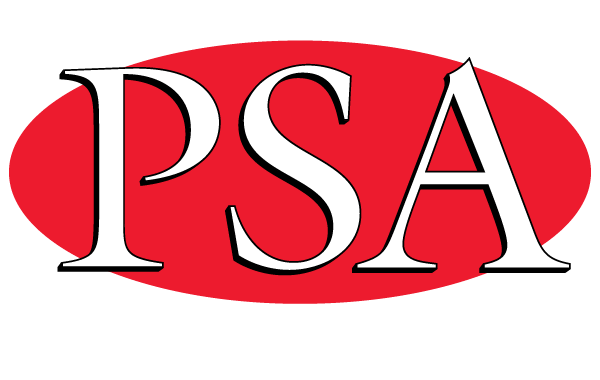Rangers warn unauthorised hunting rife in national parks: survey
The NSW Government’s plan to legalise recreational hunting in NSW national parks would be hazardous to visitors and native animals while failing to control feral pests, according to a statewide survey of rangers and national park staff released today.
The survey, conducted by the Public Service Association of NSW, also found that hunting was already rife in national parks though currently illegal – with many rangers coming across native animals carcases and shot-up picnic areas.
“These survey results should sound alarm bells in the community,” said PSA General Secretary John Cahill.
“Park visitors have a right to be concerned about safety, especially as we head into school holiday season. Rangers are the people with the closest understanding of activity in national parks and their reports are disturbing. We need to put resources into stopping shooting in national parks, not encouraging it.”
The PSA survey of 292 rangers and parks staff found:
- 54% have witnessed signs of unauthorized shooting in national parks;
- 15% have noticed an increase in illegal hunting since the NSW Government’s national parks hunting bill was introduced;
- 96% do not support hunting in national parks (top reasons: bad for safety of park users 96%, bad for native animals 86%, bad for safety of rangers 83%);
- 94% do not think recreational hunting could help control feral pests in national parks.
Park rangers reported many incidents of discovering animals carcases killed by hunters, including kangaroos, emus, koalas, deer, pigs, goats, horses, wombats and dingoes, including animals shot and strung up in trees. Rangers reported an increase in animals killed with arrows and mauled by pig-hunting dogs.
A large number of rangers also reported shot-up fencing, signs and picnic areas within national park property.
Shooting ‘hotspots’ identified include the Royal National Park, Kosciuszko, Barrington Tops, Wollemi, Blue Mountains and Cattai.
Rangers expressed strong concerns about public safety when amateur shooting in national parks becomes legal, as well as who would be responsible for monitoring.
